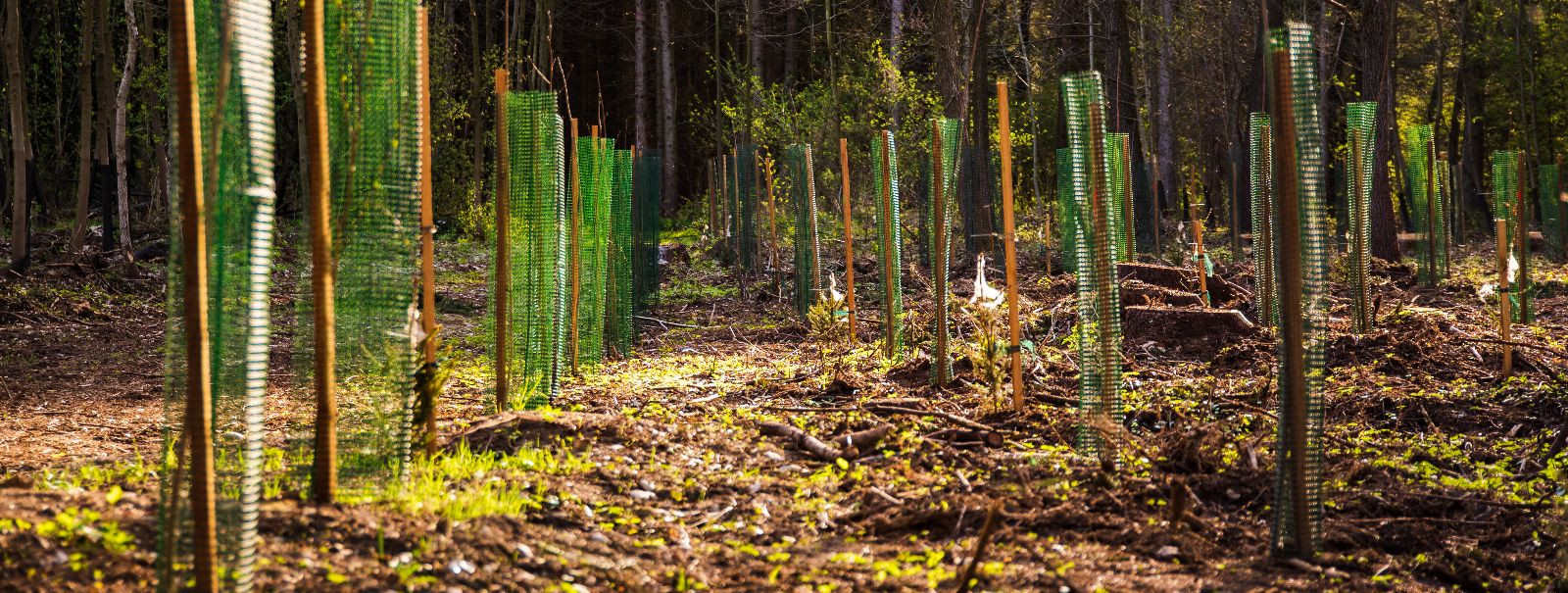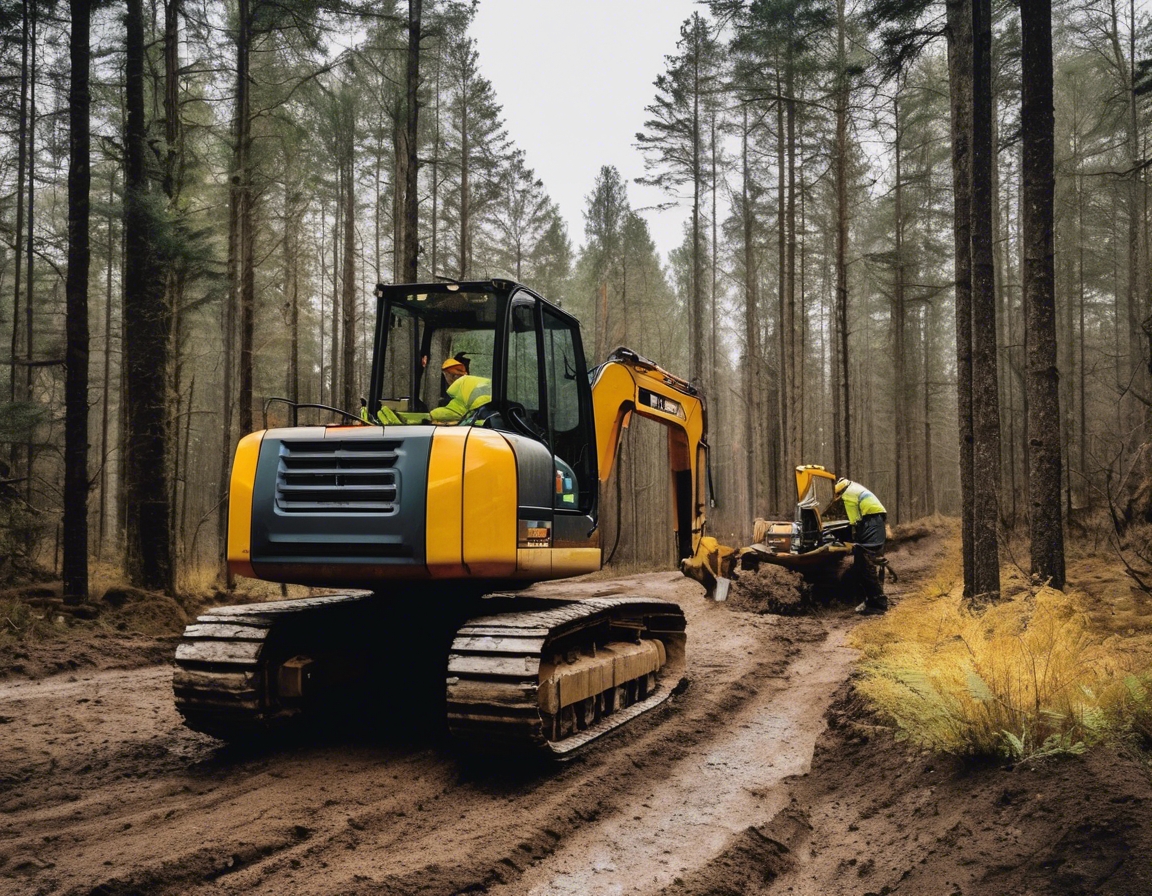How reforestation helps combat climate change
Reforestation is the process of planting trees in areas where forests have been depleted. This practice is crucial in the fight against climate change, as it helps restore ecosystems, enhance biodiversity, and sequester carbon dioxide from the atmosphere. As climate change continues to pose a significant threat to our planet, reforestation emerges as a vital strategy to mitigate its impacts.
2. The Role of Forests in Carbon Sequestration
Forests play a critical role in carbon sequestration, which is the process of capturing and storing atmospheric carbon dioxide. Trees absorb CO2 during photosynthesis, storing carbon in their biomass and the soil. This natural process helps reduce the concentration of greenhouse gases in the atmosphere, thereby mitigating global warming. Reforestation efforts can significantly enhance this carbon sink capacity, making it an essential tool in climate change mitigation strategies.
3. Biodiversity Enhancement through Reforestation
Reforestation not only aids in carbon sequestration but also enhances biodiversity. By restoring native forests, we provide habitats for a wide range of plant and animal species, many of which are endangered. This increase in biodiversity contributes to ecosystem resilience, allowing forests to better withstand environmental changes and disturbances.
4. Reforestation and Soil Health Improvement
Healthy soils are vital for sustainable land management, and reforestation plays a significant role in improving soil health. Trees help prevent soil erosion, enhance nutrient cycling, and increase organic matter content. These improvements lead to more fertile soils, which support diverse plant life and contribute to overall ecosystem health.
5. Water Cycle Regulation and Reforestation
Forests are integral to the regulation of the water cycle. They influence precipitation patterns, groundwater recharge, and water quality. Reforestation helps maintain these functions by restoring the natural hydrological processes that forests provide. This is particularly important in regions facing water scarcity or irregular rainfall patterns due to climate change.
6. Economic and Social Benefits of Reforestation
Beyond environmental benefits, reforestation offers significant economic and social advantages. It creates jobs in tree planting, forest management, and conservation. Additionally, healthy forests provide resources such as timber, non-timber forest products, and ecotourism opportunities, contributing to local economies. Socially, reforestation projects can strengthen community ties and promote environmental stewardship.
7. Challenges and Considerations in Reforestation Projects
While reforestation offers numerous benefits, it also presents challenges. Selecting appropriate tree species, ensuring long-term maintenance, and securing funding are critical considerations. Moreover, reforestation must be carefully planned to avoid unintended consequences, such as the introduction of invasive species or disruption of local ecosystems.
8. The Role of SINDI INVEST OÜ in Reforestation Efforts
SINDI INVEST OÜ is committed to supporting reforestation initiatives that combat climate change and promote sustainable land management. By providing expert guidance and reliable services, we help landowners, forestry companies, and government agencies implement effective reforestation projects. Our efforts contribute to healthier forests, improved biodiversity, and a more sustainable future.






Comments (0)